In the 2021 superhero film Eternals, actress Lauren Ridloff played the Marvel Cinematic Universe’s first deaf superhero. Closer to home, young actor Timothy Lee landed the role to play a regular main cast character with a disability in Kin, Mediacorp’s 2018 long-form drama, after just one audition.
These might look like your regular, run-of-the-mill casting, if not for two stark differences: One, both characters were played by actors with the actual disabilities; two, and perhaps more importantly, both characters were deliberately written as such.
It is unthinkable that just a few years ago, these roles might have been portrayed by non-disabled artistes (Think: Eddie Redmayne as Stephen Hawking in 2014’s The Theory of Everything), or worse still, have their disabilities or characters erased entirely. And while there is still a long way to go before persons with disabilities (PWDs) are afforded the same opportunities and access within the arts scene as their non-disabled counterparts, progress over the last few years has accelerated significantly.
Angela Tan, executive director of ART:DIS, a non-profit organization dedicated to creating learning and livelihood opportunities for persons with disabilities in the arts scene, is familiar with this.
According to her, even just a decade ago, it was “uncommon” to see someone with a disability in the audience or as a visitor to a performance or exhibition. These days, she says, many cultural venues are staffed with an access team or coordinator to support the needs of visitors with disabilities, even less apparent conditions like autism.
At the National Museum of Singapore, for example, quiet rooms and corners are designated as safe spaces for visitors who might experience sensory overload, while Esplanade’s PLAYtime! interactive theater series for young children includes offerings, which are sensory-friendly for children with autism or sensory or cognitive sensitivities.
(Related: Leaning into the unknown)
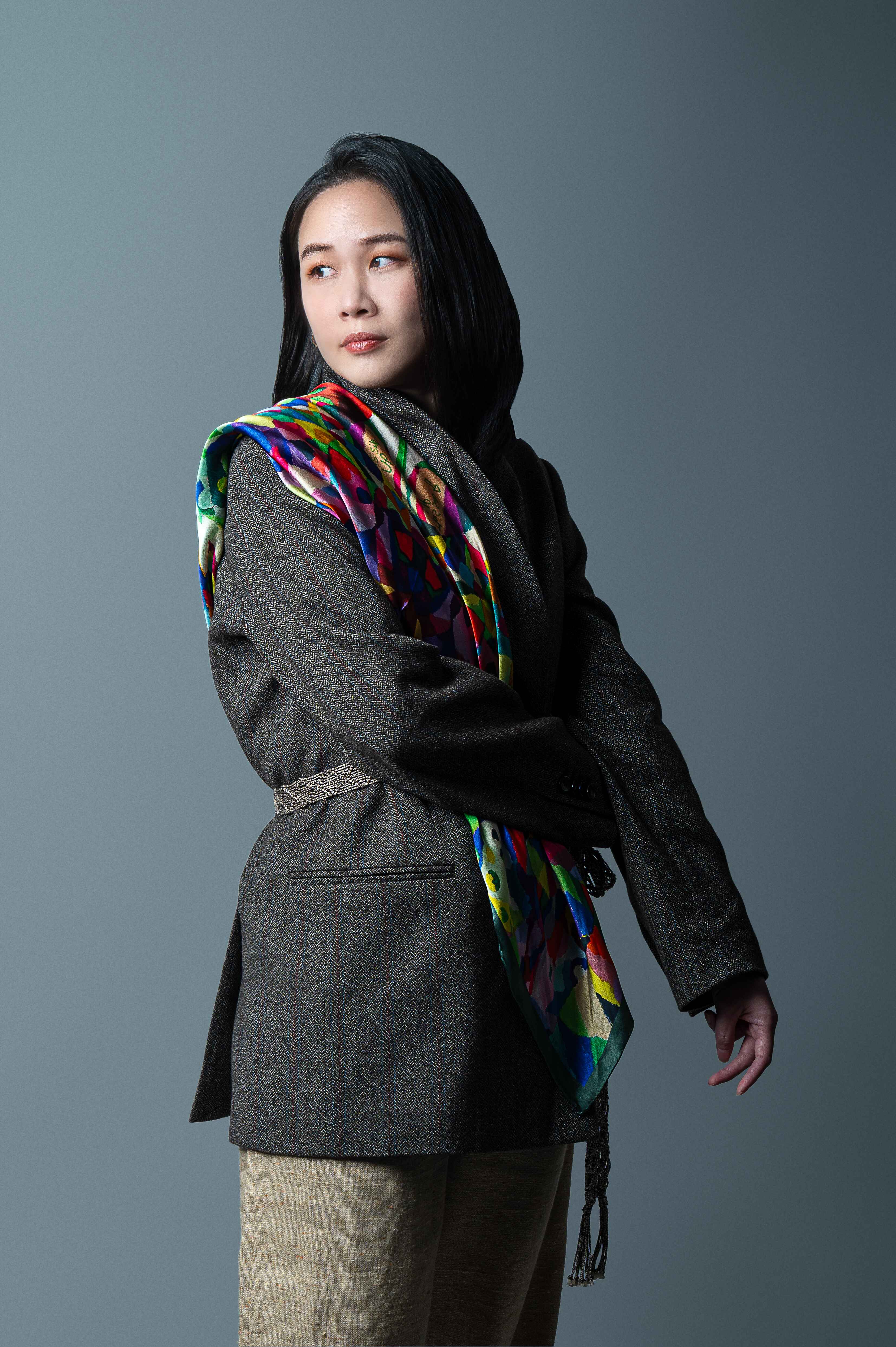 Outfit by Loro Piana, silk scarf from ART:DIS
Outfit by Loro Piana, silk scarf from ART:DIS
She recalls working on the first edition of the Arts & Disability Forum in 2016, where she realized “we had very few disabled leaders that we could profile as key opinion leaders” – a glaring omission that stuck with her.
“Singapore must have its own disabled arts leaders. More work needs to be done to nurture them – not only supporting them to be excellent at what they do, but also giving them exposure opportunities, raising their visibility, and building their confidence.”
The ultimate goal: For these artists to be able to advocate for themselves and their community.
- CHANGING THE NARRATIVE
- AN INCLUSIVE ARTS COMMUNITY FOR ALL
Changing the Narrative
If awareness is the first step for disability representation to gain mainstream presence, then sustained and coordinated support within the ecosystem must be the catalyst to move disabled arts towards normalization.
Here, ART:DIS plays a critical role as a connector, linking its artists up with “mainstream culture” – so that institutions in the arts scene can “better include, represent, and consider not just artists with disabilities, but PWDs in our cultural spaces and content”.
Set up in 1993 as Very Special Arts Singapore by Ambassador-at-Large Professor Tommy Koh, ART:DIS today reaches out to PWDs through art programs held at its centers, Special Education Schools, and other social service agencies, providing a safe space for them to develop their motor skills or interest in the arts. For its stable of professional artists, the agency is also their support network, offering them opportunities to earn a sustainable income through commissioned work, exhibitions, and performances.
For Tan, joining ART:DIS to facilitate this movement was a natural progression following more than a decade working at the National Arts Council (NAC)
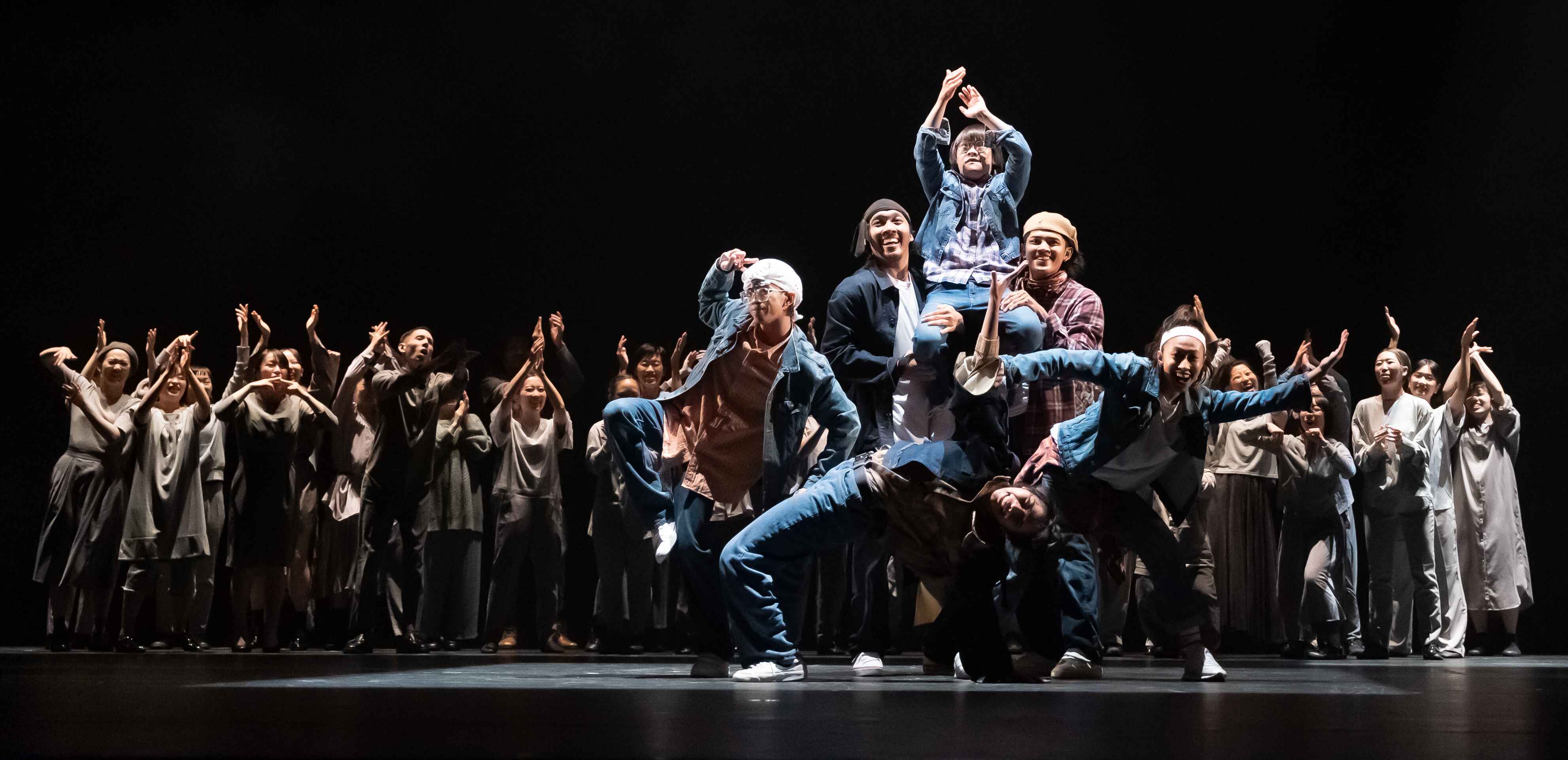 Inclusive hip-hop dance crew performance
Inclusive hip-hop dance crew performance
In her early years at NAC, she had the opportunity to connect local artists with social service agencies to conduct arts programs for their students. There, she witnessed how the experience not only benefited the students, but also influenced the way the artists approached their own art practice to continue engaging with the community. These experiences reinforced her belief in the importance of leveraging the arts to bridge artists within the disabled space and mainstream culture.
“The mainstream narrative around disability or a PWD often speaks about these individuals from a place of deficit, constantly reminding us of what they do not have. Instead, it should highlight their unique strengths and perspectives that are different from non-disabled persons. The arts can help us uncover that and offer a space to connect both the disabled and non-disabled to experience the world together.”
- CHANGING THE NARRATIVE
- AN INCLUSIVE ARTS COMMUNITY FOR ALL
An Inclusive Arts Community for All
Over the last few years, Singapore has made significant strides in the inclusion of persons with disabilities – including that within the arts scene. Beyond providing the basic architecture that would facilitate physical access, efforts are underway to rally a more concerted push towards societal access.
In 2022, the Ministry of Social and Family Development laid out the Enabling Masterplan 2030, highlighting 29 recommendations to help shape the future of the disability landscape. Two focused on the arts sector and reiterated the need for enhanced accessibility for all arts and heritage activities – such as through inclusive programs and accessibility resources – and increased opportunities for persons with disabilities to be an integral part of the scene. It also includes action plans for both government agencies and community partners like ART:DIS to work towards these goals.
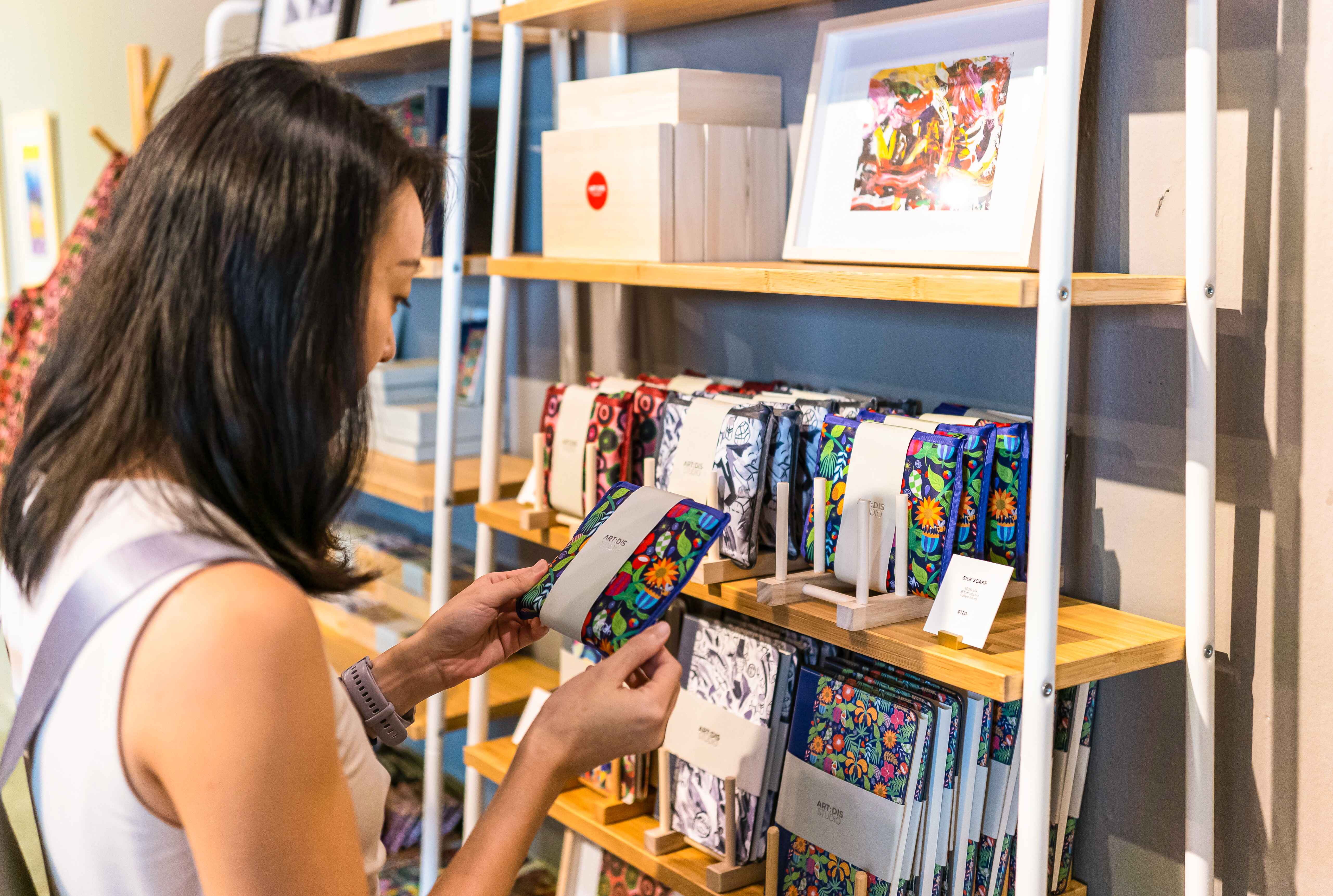 ART:DIS Studio capsule collection
ART:DIS Studio capsule collection
While there are already promising signs of changing mindsets from the growing number of companies stepping up their support through funding and commissioned work, ART:DIS’ work is far from over. After all, real change only comes when these artists are included because of their abilities and not tokenism.
“The reality is while there is an increasing number of PWDs enrolling in our local arts institutions, they continue to face barriers to gainful industry employment. They need additional scaffolding, including mentorships and access to networks that they had traditionally been excluded from.”
On this front, even as ART:DIS continues to work with the community to generate such opportunities for its artists, Tan wants the agency to have impact beyond its immediate beneficiaries.
“My vision for the work we do at ART:DIS is beyond the over 600 persons with disabilities we serve and support. It is also about facilitating ecosystem change and paradigm shifts in the way we see persons with disabilities – that their disabilities add diversity to the way we perceive the world and the relationships we have with each other.”
“Whilst it is wonderful for a disabled person to be able to attend an arts event with accessibility accommodation, it is another for them to see another disabled person on stage, as part of a diverse cast, reflecting the diversity of society that is made up of both disabled and non-disabled persons,” she says.
After all, she concludes, “culture should reflect society, and disabled individuals are very much part of our social fabric.”







 Outfit by Loro Piana, silk scarf from ART:DIS
Outfit by Loro Piana, silk scarf from ART:DIS
 Inclusive hip-hop dance crew performance
Inclusive hip-hop dance crew performance
 ART:DIS Studio capsule collection
ART:DIS Studio capsule collection
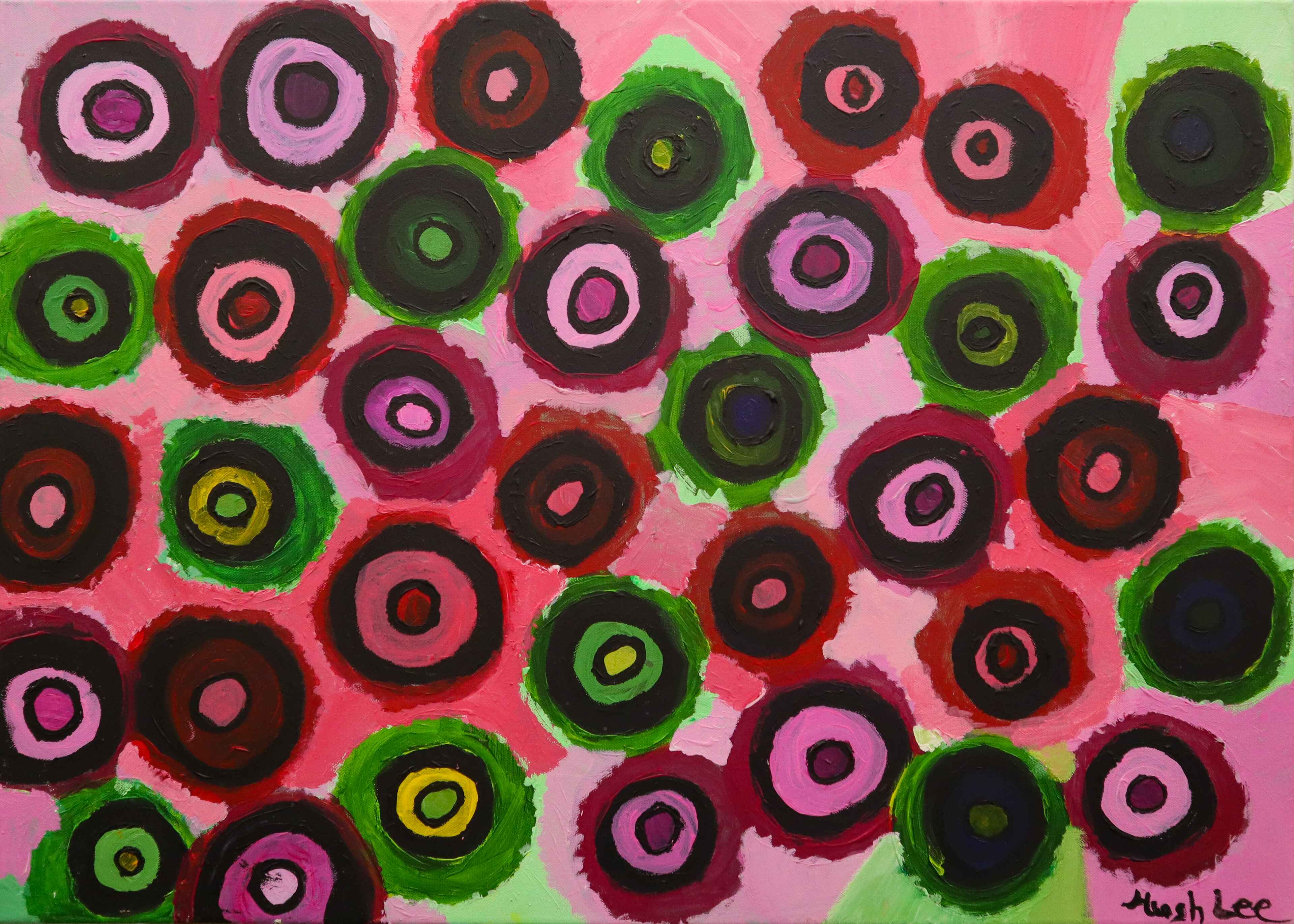
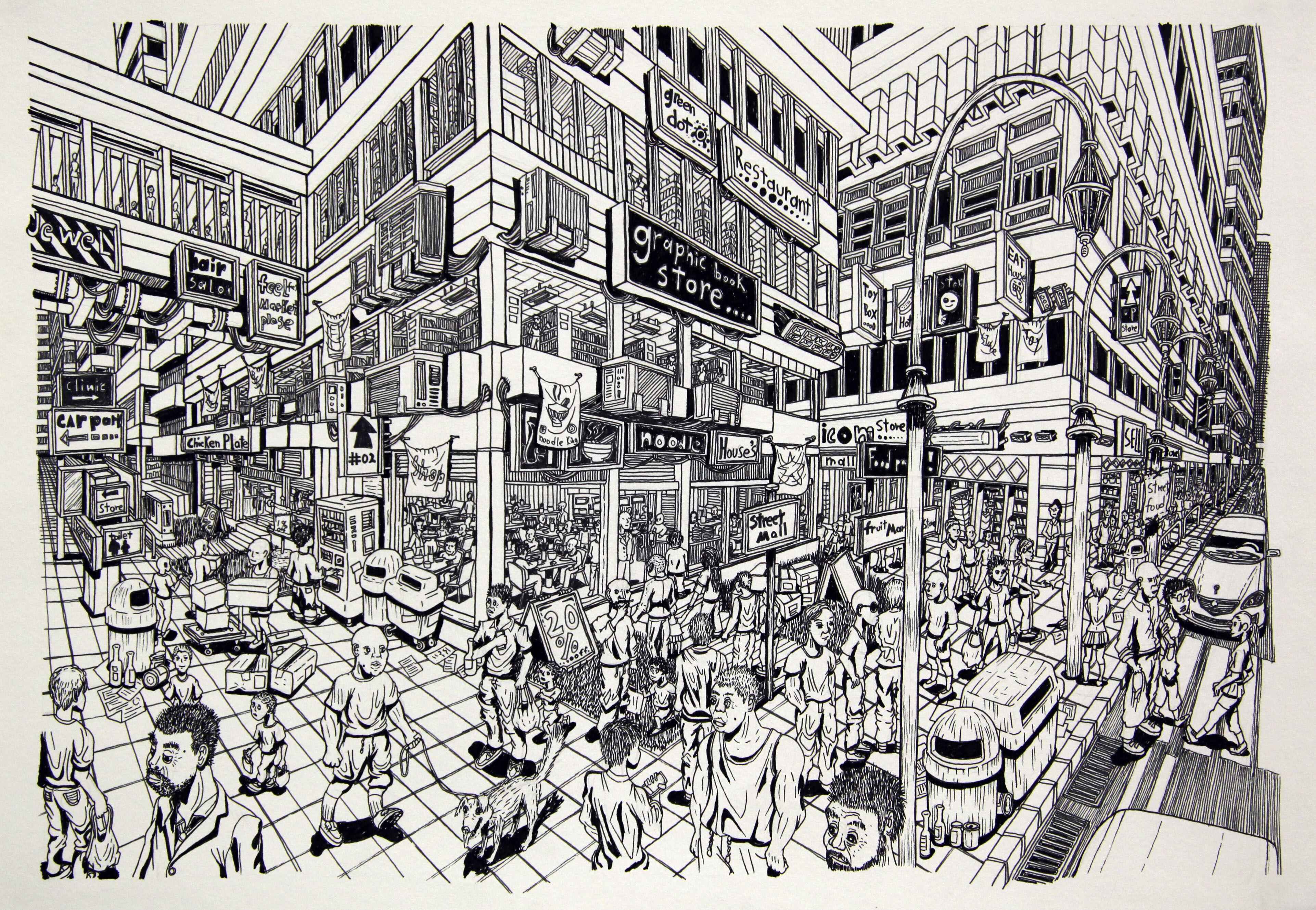





 Back
Back
